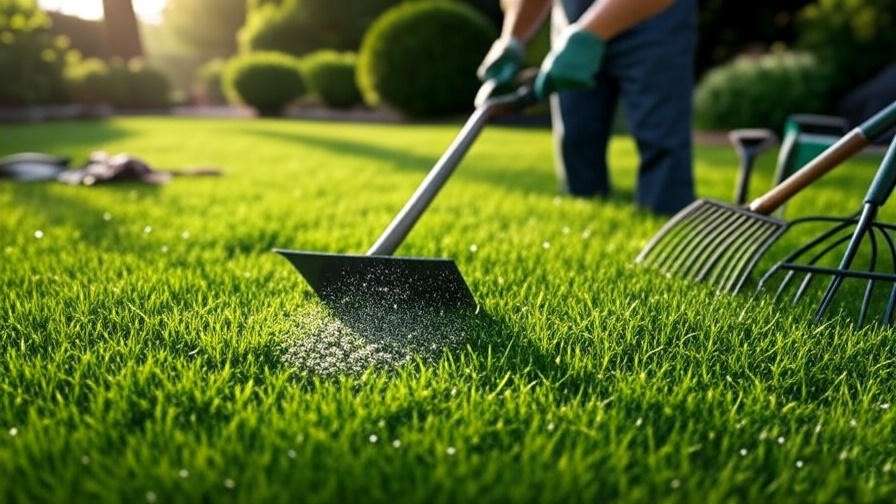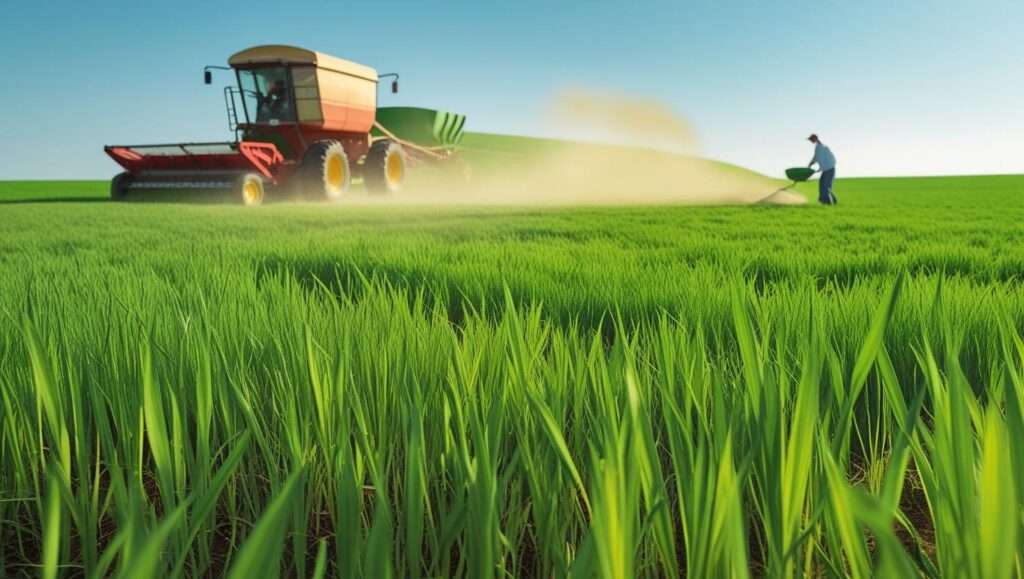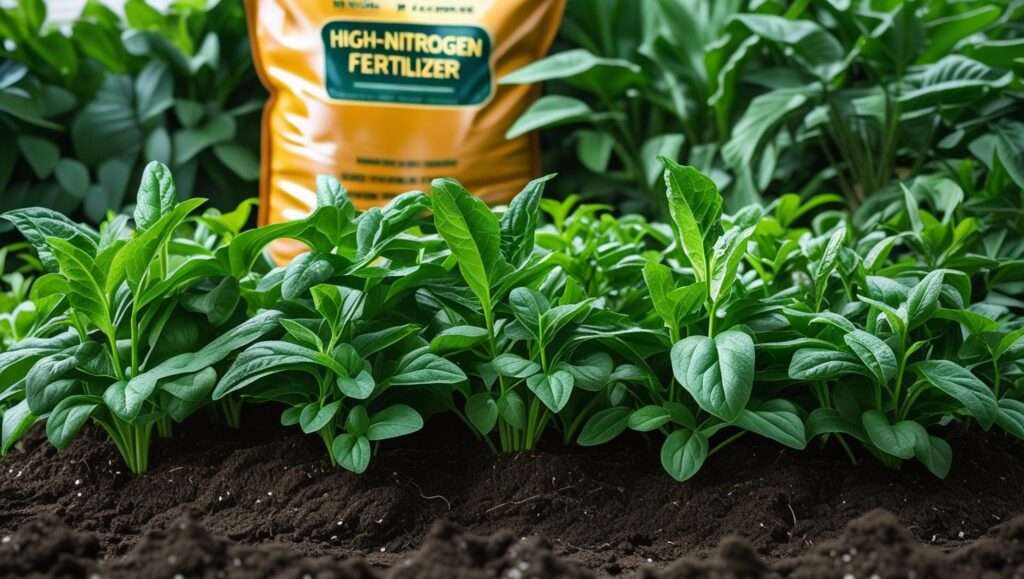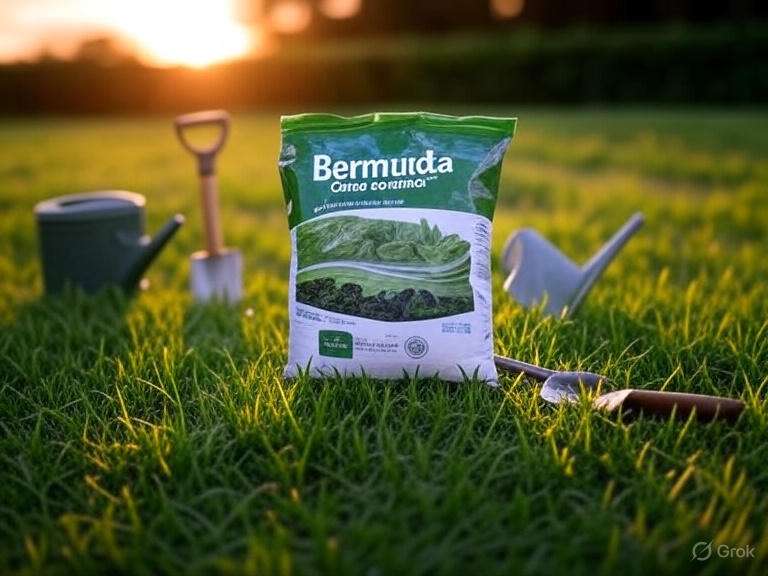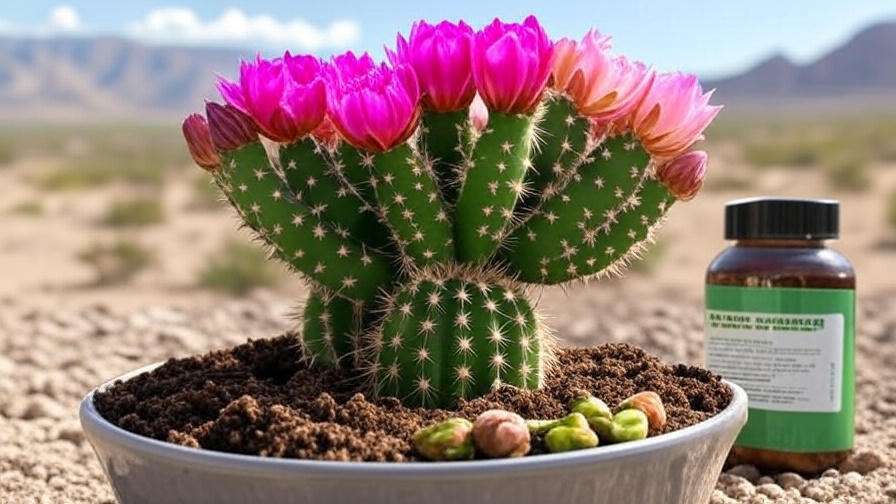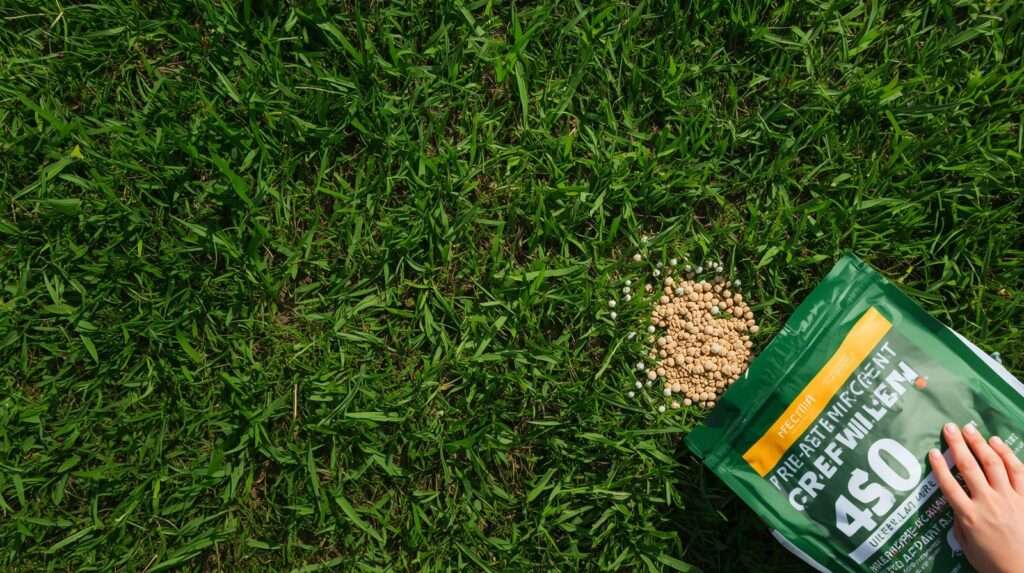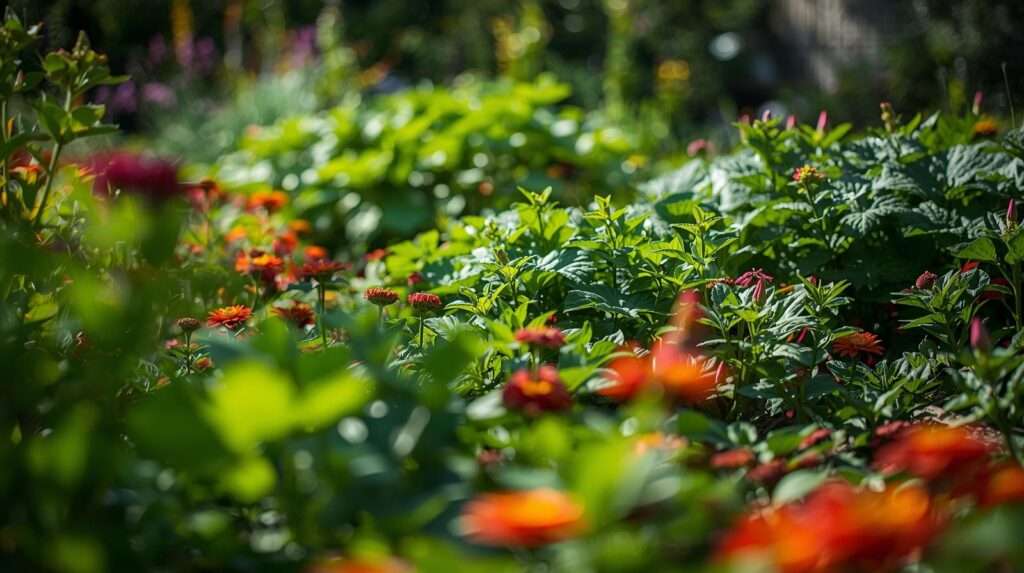Imagine stepping onto a vibrant, emerald-green St. Augustine lawn, its thick blades cushioning your feet, free of weeds and patches. For homeowners and lawn enthusiasts, achieving this lush paradise starts with choosing the best fertilizer for St. Augustine grass. This warm-season grass thrives in sunny climates but demands precise nutrition to stay healthy and resilient. Common challenges like yellowing, thinning, or pest invasions often stem from improper fertilization. In this comprehensive guide, we’ll explore expert-backed fertilizer recommendations, application techniques, and lawn care tips to ensure your St. Augustine grass flourishes. Backed by years of agricultural expertise and research from leading horticultural sources, this article will empower you to transform your lawn into a neighborhood showpiece.
Understanding St. Augustine Grass and Its Nutrient Needs
What Makes St. Augustine Grass Unique?

St. Augustine grass (Stenotaphrum secundatum) is a warm-season turfgrass prized for its thick, coarse texture and excellent shade tolerance, making it a favorite for coastal and southern lawns. Varieties like Floratam, Palmetto, and Sapphire each have unique traits, such as drought resistance or cold tolerance, but all share a need for consistent care. According to the University of Florida’s Institute of Food and Agricultural Sciences, St. Augustine grass thrives in well-drained soils but struggles without proper nutrition, leading to weak growth or susceptibility to pests like chinch bugs. Fertilization is the cornerstone of maintaining its vigor, color, and durability.
Key Nutrients for St. Augustine Grass
St. Augustine grass requires a balanced diet of macronutrients—Nitrogen (N), Phosphorus (P), and Potassium (K)—along with micronutrients like Iron and Magnesium. Nitrogen promotes lush, green growth, Phosphorus supports root development, and Potassium enhances stress resistance. Iron is particularly critical for St. Augustine, as deficiencies cause yellowing (chlorosis), especially in alkaline soils. A soil test, available through local extension services, reveals your lawn’s nutrient profile and pH,blasé, guiding fertilizer selection. Without adequate nutrients, your lawn may exhibit patchy growth, weed invasion, or fungal issues, undermining its health and appearance.
Soil Testing: The First Step
Before choosing a fertilizer, test your soil to identify nutrient deficiencies and pH levels. St. Augustine grass prefers a slightly acidic soil (pH 6.0–7.0). Kits from garden centers or cooperative extension services provide accurate results. For example, a soil test might reveal low Nitrogen or Iron, allowing you to select a fertilizer tailored to your lawn’s needs. This step prevents over-fertilization, saves money, and protects local waterways from nutrient runoff, aligning with sustainable lawn care practices.
What to Look for in the Best Fertilizer for St. Augustine Grass
N-P-K Ratios Explained

The N-P-K ratio on fertilizer labels indicates the percentage of Nitrogen, Phosphorus, and Potassium. For St. Augustine grass, experts recommend a 3-1-2 or 4-1-2 ratio (e.g., 15-5-10 or 16-4-8) to support its high Nitrogen needs while maintaining balanced root and stress resilience. Slow-release Nitrogen fertilizers, which gradually release nutrients over weeks, prevent burn and provide sustained growth compared to quick-release formulas. The Texas A&M AgriLife Extension suggests applying 1 pound of Nitrogen per 1,000 square feet every 6–8 weeks during the growing season for optimal results.
Additional Nutrients and Features
Beyond N-P-K, micronutrients like Iron enhance St. Augustine’s signature deep-green color, while Magnesium supports photosynthesis. Organic fertilizers, derived from natural sources like compost or manure, improve soil health long-term but may release nutrients slowly. Synthetic fertilizers offer precise nutrient control and faster results but require careful application to avoid runoff. Some fertilizers include weed control (e.g., Atrazine) or pest resistance additives, ideal for St. Augustine’s vulnerability to weeds like crabgrass. Choose products labeled for St. Augustine to ensure compatibility and environmental safety.
Seasonal Fertilization Needs
St. Augustine grass grows actively from spring to fall, requiring tailored fertilization:
- Spring: Use a balanced fertilizer (e.g., 15-5-10) to jumpstart growth.
- Summer: Apply Nitrogen-rich formulas to maintain vigor during peak heat.
- Fall: Opt for Potassium-heavy fertilizers to strengthen roots before dormancy.
- Winter: Avoid fertilizing dormant lawns to prevent nutrient waste and runoff.
Top 5 Fertilizers for St. Augustine Grass in 2025
Product 1: Scotts Turf Builder Southern Lawn Food (16-4-8)
- Features: Slow-release Nitrogen, Iron for enhanced greening, granular formula.
- Best For: Established St. Augustine lawns needing consistent nutrition.
- Pros: Easy-to-apply granules, long-lasting up to 8 weeks, widely available.
- Cons: Higher cost than basic fertilizers, not organic.
- Example: A Florida homeowner reported a noticeably greener lawn within two weeks of application, with reduced yellowing.
Product 2: Milorganite Organic Nitrogen Fertilizer (6-4-0)
- Features: Organic, slow-release Nitrogen, Iron, and Calcium for soil health.
- Best For: Eco-conscious homeowners seeking sustainable options.
- Pros: Environmentally friendly, improves soil structure, safe for pets.
- Cons: Slower results, requires frequent applications in sandy soils.
- Example: A Texas gardener noted fewer weeds after consistent use over one season.
Product 3: Lesco Professional Turf Fertilizer (24-0-11)
- Features: High Nitrogen, slow-release, Potassium for stress resistance.
- Best For: Large lawns or commercial applications.
- Pros: Professional-grade, excellent for high-traffic lawns, long-lasting.
- Cons: Limited retail availability, higher price point.
- Example: A golf course manager praised its durability in high-heat conditions.
Product 4: The Andersons Innova Organic Fertilizer (7-1-2)
- Features: Plant-based organic formula, balanced nutrients, eco-friendly.
- Best For: New St. Augustine sod or environmentally sensitive areas.
- Pros: Reduces runoff risk, safe for waterways, promotes soil microbes.
- Cons: Premium price, slower nutrient release.
- Example: A coastal homeowner saw improved lawn density after two months.
Product 5: Pennington Ultragreen Southern Lawn Fertilizer (22-0-14)
- Features: High Nitrogen, Iron, quick-release for fast greening.
- Best For: Lawns recovering from stress or nutrient deficiencies.
- Pros: Affordable, fast results, includes weed control additives.
- Cons: Risk of burn if over-applied, not organic.
- Example: A Georgia homeowner restored a patchy lawn in one month.
Comparison Table

| Fertilizer | N-P-K | Type | Price (per 5,000 sq. ft.) | Eco-Friendly | Application Ease |
|---|---|---|---|---|---|
| Scotts Turf Builder | 16-4-8 | Synthetic | $25–$30 | Moderate | High |
| Milorganite | 6-4-0 | Organic | $15–$20 | High | Moderate |
| Lesco | 24-0-11 | Synthetic | $30–$40 | Moderate | High |
| Andersons Innova | 7-1-2 | Organic | $20–$25 | High | Moderate |
| Pennington Ultragreen | 22-0-14 | Synthetic | $18–$22 | Low | High |
How to Apply Fertilizer to St. Augustine Grass for Best Results
Step-by-Step Application Guide

- Prepare the Lawn: Mow to 3–4 inches, remove debris, and water lightly to moisten soil.
- Choose Equipment: Use a broadcast spreader for granular fertilizers or a sprayer for liquid formulas.
- Apply Evenly: Follow label instructions (e.g., 5 lbs per 1,000 sq. ft.), walking in parallel lines to avoid overlap.
- Water In: Lightly water after application to activate nutrients and prevent burn.
- Clean Up: Sweep fertilizer off hardscapes to avoid runoff into storm drains.
Timing and Frequency
Fertilize every 6–8 weeks during the growing season (March–October in most regions). Apply in early morning or late afternoon to avoid heat stress. Avoid fertilizing before heavy rain to prevent nutrient loss. For example, in Florida, fertilize in March, May, July, and September for consistent growth.
Common Mistakes to Avoid
- Over-Fertilizing: Excess Nitrogen causes burn or weak, leggy growth.
- Uneven Application: Leads to patchy lawns or nutrient imbalances.
- Ignoring Soil pH: Alkaline soils (pH >7) hinder nutrient uptake; amend with sulfur if needed.
- Tip: Calibrate your spreader to ensure accurate application rates.
Expert Tips for Maintaining a Healthy St. Augustine Lawn
Complementary Lawn Care Practices

- Mowing: Maintain a 3.5–4.5-inch height to reduce stress and shade out weeds.
- Watering: Provide 1–1.5 inches of water weekly, ideally in early morning, to enhance fertilizer absorption.
- Aeration: Aerate annually to reduce soil compaction and improve nutrient uptake.
- Dethatching: Remove thatch layers thicker than 0.5 inches to prevent nutrient blockage.
Addressing Common St. Augustine Grass Problems
- Chinch Bugs: Apply fertilizers with pest-repellent additives and monitor for yellowing patches.
- Fungal Diseases: Avoid over-watering and use Potassium-rich fertilizers to boost resistance.
- Weeds: Choose fertilizers with pre-emergent herbicides or manually remove weeds like crabgrass.
Eco-Friendly Fertilization Practices
- Opt for organic fertilizers like Milorganite to minimize environmental impact.
- Use rain barrels for irrigation to reduce runoff risk.
- Buffer zones near water bodies prevent nutrient leaching, protecting local ecosystems.
FAQs About Fertilizing St. Augustine Grass
Q1: How often should I fertilize my St. Augustine grass?
A: Fertilize every 6–8 weeks during the growing season (spring to fall), typically 4–6 times per year, based on soil test results.
Q2: Can I use the same fertilizer for other grass types?
A: St. Augustine fertilizers (high Nitrogen, 3-1-2 ratio) may work for other warm-season grasses like Zoysia but may not suit cool-season grasses like Fescue, which need different N-P-K ratios.
Q3: What’s the best fertilizer for St. Augustine grass in [specific region/climate]?
A: In humid coastal areas (e.g., Florida), choose slow-release formulas like Scotts Turf Builder. In drier regions (e.g., Texas), organic options like Milorganite support soil health.
Q4: Is organic fertilizer better for St. Augustine grass?
A: Organic fertilizers improve soil structure and sustainability but act slowly. Synthetic fertilizers offer faster results but require precise application to avoid environmental harm.
Q5: How do I know if my lawn needs more fertilizer?
A: Look for yellowing, thinning, or slow growth. A soil test confirms nutrient deficiencies, guiding fertilizer choice.
Conclusion
Choosing the best fertilizer for St. Augustine grass is the key to a lush, vibrant lawn that withstands heat, pests, and weeds. By understanding your lawn’s nutrient needs, selecting the right N-P-K ratio, and following proper application techniques, you can achieve a healthy, durable turf. Start with a soil test, choose a top-rated fertilizer like Scotts Turf Builder or Milorganite, and complement with proper mowing, watering, and aeration. Share your lawn care success stories or questions in the comments to join our community of lawn enthusiasts!

